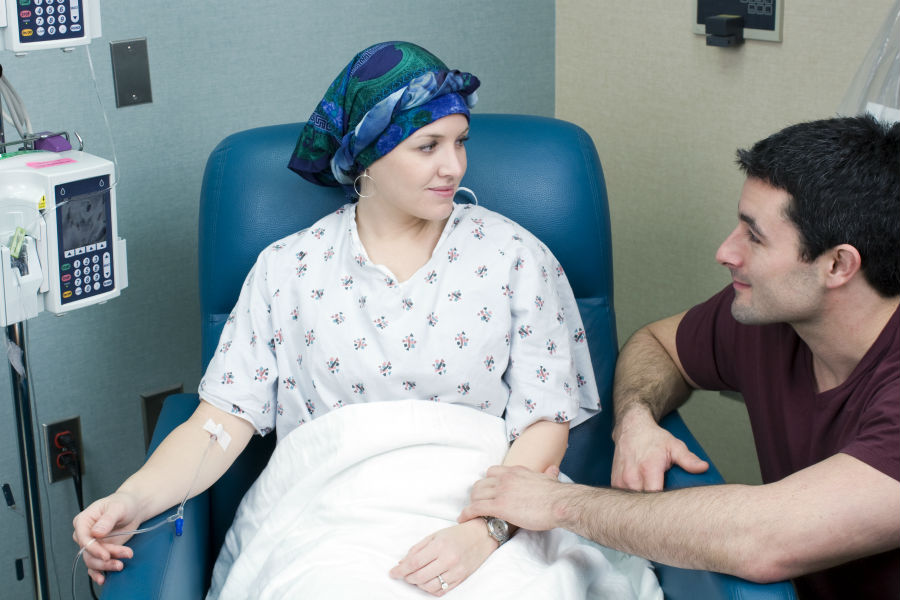Families of Chemotherapy Patients are also At Risk of the Toxic Effects of Chemo
Chemo drugs are not only dangerous to patients; they are also harming families and healthcare workers, experts say. While healthcare workers are aware of the risks and generally mitigate them by wearing gloves and taking other protective measures, family members are generally totally unaware that they, too, are at risk and have been putting themselves in harm’sway for too long.
According to Natural News, chemotherapy is so dangerous that it really should not be called medicine. For patients, the treatment comes with several debilitating side effects which include stomach and muscle pain, mouth ulcers, headaches, diarrhea, nausea and vomiting, nervous system disruptions, loss of appetite and hair loss.
The long term side effects are even more worrisome. In addition to increasing the risks of secondary cancer in later life, they can also cause heart, liver, lung, kidney or reproductive system damage, as well as permanent memory problems known as “chemo brain”.
What is even more frightening is that the patient does not face these risks alone. Friends, families and health workers of these patients who are around them during treatment, are exposed to these exact same risks.
A study published in the Journal of Oncology Pharmacy Practice in 2012, confirmed that family members who live with patients going through chemotherapy are as unprotectedfrom those toxic chemicals as the patient especially if they are exposed to patients urine and other excretions. Healthcare workers are of course not left out of this;they are exposed through direct contact with the chemotherapy medication and through patients’ excretions.
For the study, scientists studied urine samples from patients who had received the antineoplastic drug cyclophosphamide – within the last 48 hours. They also studied urine samples offamily members in addition totesting wipe samples from their homes.
The team used gas chromatography and mass spectroscopy and found cyclophosphamide in all the urine samples analyzed– both from the treated patients and their family members. The researchers say that between 9 and 34 percent of the original dose of cyclophosphamide was found in the urine collected.
Additionally, they also found surface contamination in the homes of outpatients treated with cyclophosphamide – with 8 of the 12 wipe samples containing the drug. The team concluded that the contaminations found on the wipe samples and in the urine happened by throughexposure to waste product excretions from the chemotherapy patients.
A similar study also reached the same conclusions. For this study, scientists tested the urinary excretions of five breast cancer patients for 48 hours after they received their treatment, in addition to taking swabs from toilets, faucets and doorknobs in their homes. The results found that all five homes were contaminated, with 17 of the 28 swab samples found to contain the chemotherapy treatment cyclophosphamide.
Most of the contaminated samples were taken from toilet seats and bathroom floors, but toilet flush levers and doorknobs also revealed contamination. The researchers concluded that families of chemotherapy patients are at high risks of the toxic effects of chemotherapy, as the patients.
Natural Health 365 discusses some steps that can be taken to protect against this risk:
- Relatives should use a separate toilet from chemotherapy patients.
- If a second toilet is not available, male patients should urinate sitting down in order to cut down on splashing.After urination, the lid should be closed, and the toilet flushed twice.
Comments
There are 0 comments on this post












